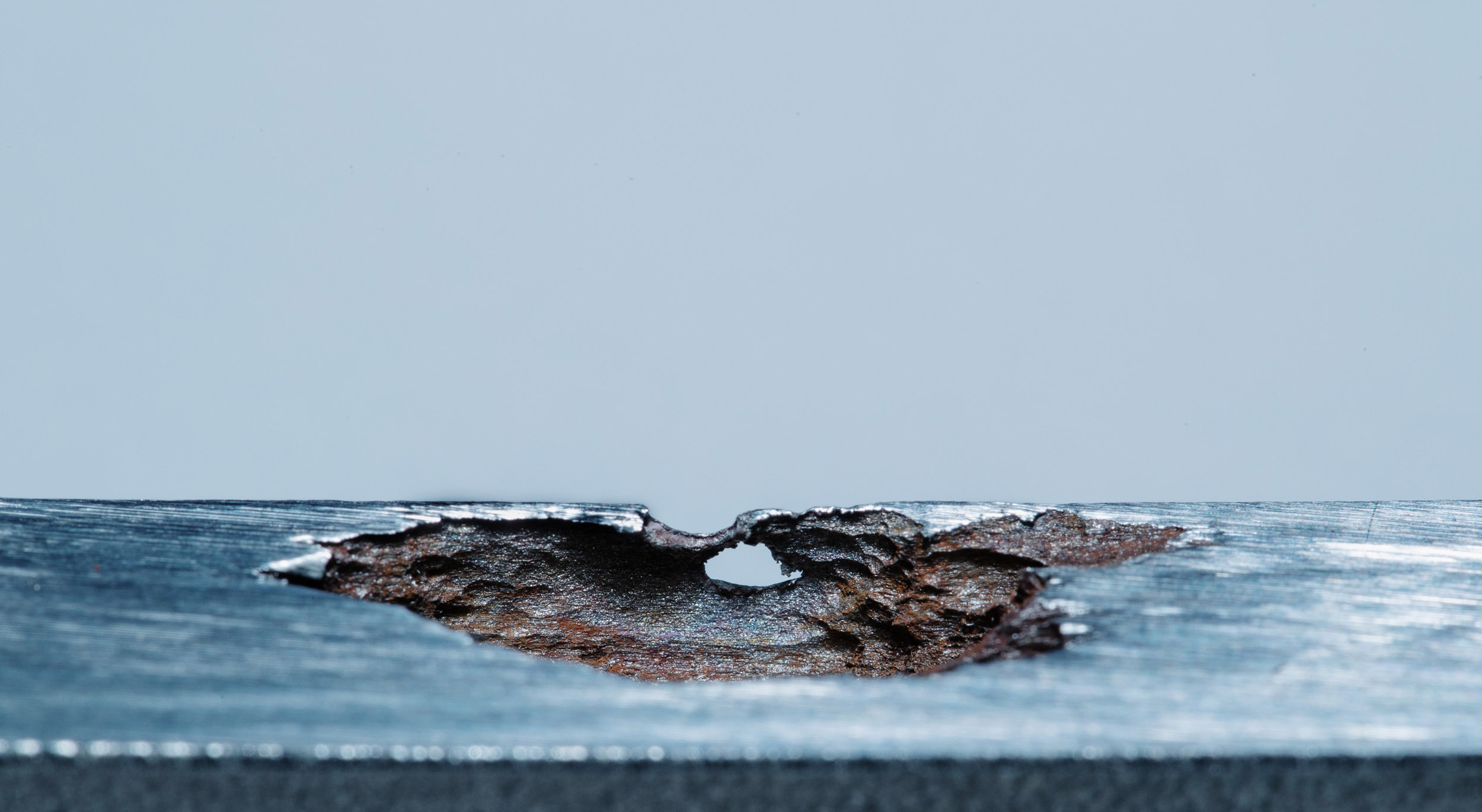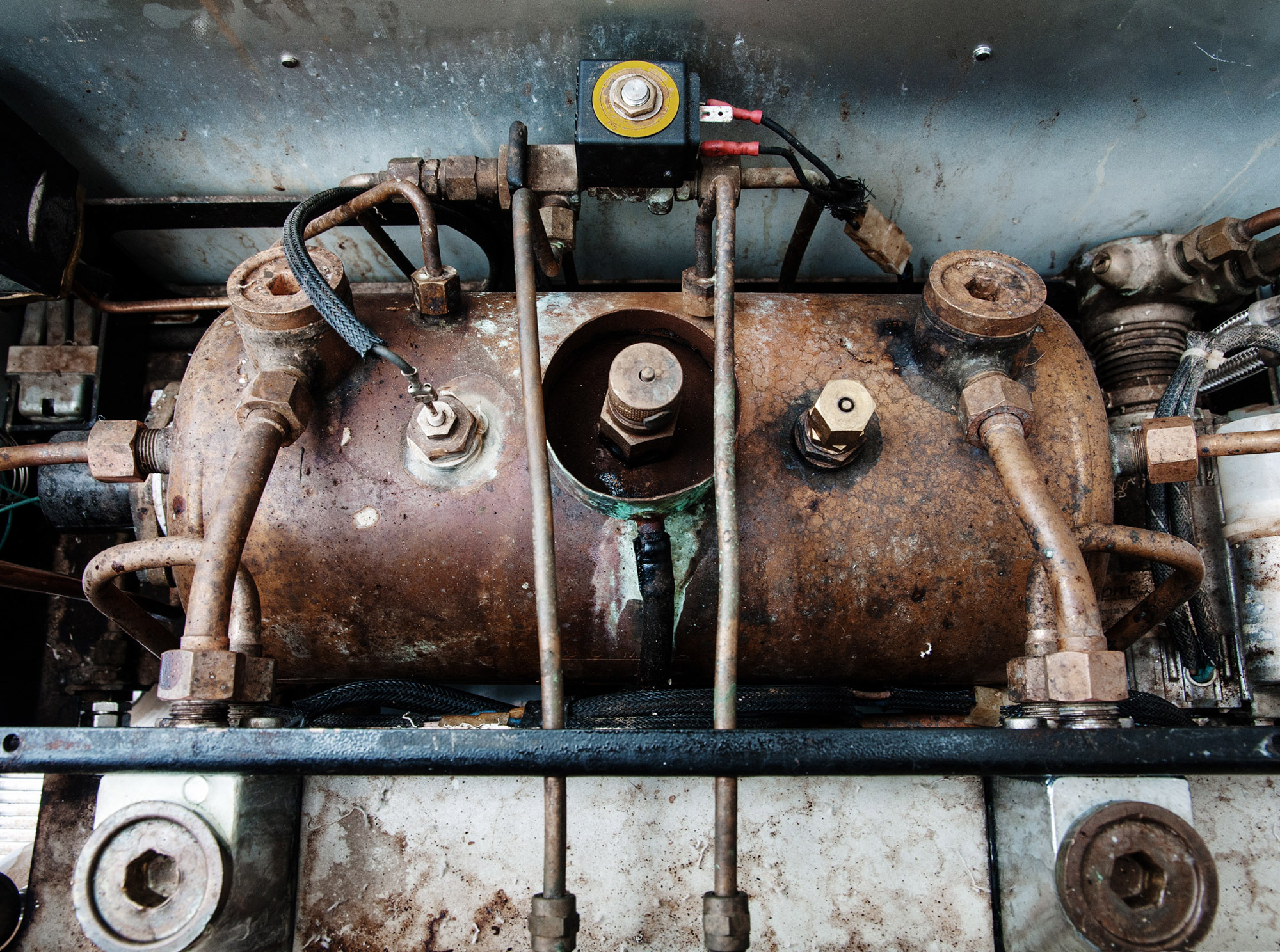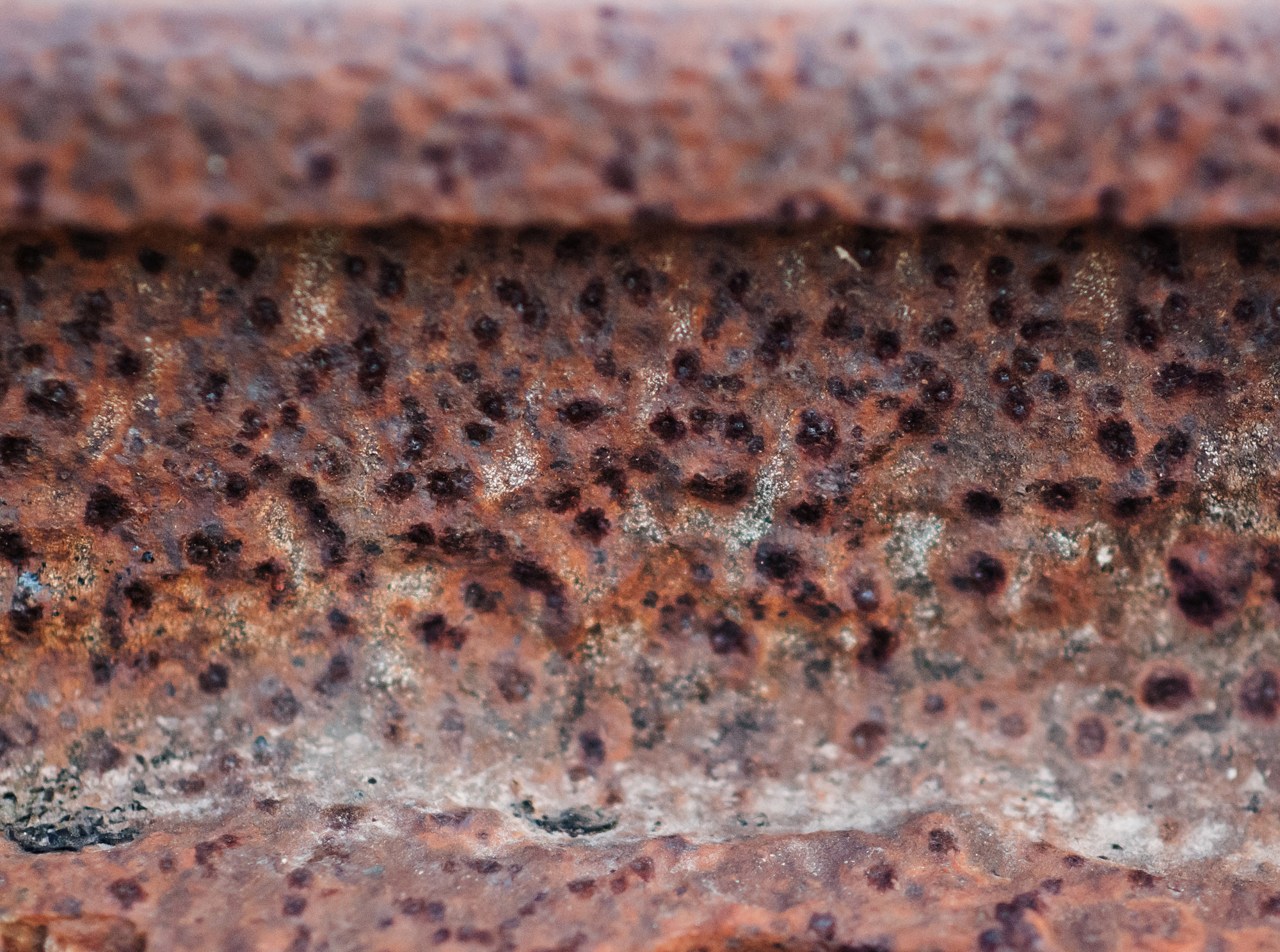Corrosion, often referred to as rust, has an effect opposite to that of scale buildup. In coffee equipment, corrosion is caused by the interaction of water, heat, air, and chemicals in the coffee and the chemicals we use to clean our equipment. Usually, when water is corrosive, instead of depositing scale on the surfaces of your element and boiler, it can strip away limescale and damage the metal surfaces of your brewing equipment.
Fortunately, the plastic and silicone parts of brewing machines are resistant to corrosion. However, the addition of tensile stress can introduce corrosion in materials that, left undisturbed, are normally resistant to it. This is true of high-density plastics and even stainless steel. This means it is essential that brewing equipment should not be moved or knocked when it is switched on or hot.


